I am so pleased to be able to tell you about some newly funded work by Arts Council England. I'm going to be working with some fantatstic new partners, and as ever, bringing lots of disabled people as artists, participants and audeinces into the work with me.
I'm going to be working with some amazing disabled women on Half Way There which is a radio/audio piece about women over fifty. Four actors are involved in developing the work and we'll also work with 15 other women from our communities to talk about our experiences as we age - good, bad and hilarious! We'll be revealing the cast shortly and a launch date for the work, so do keep in touch.
Ironically, social backdrop aside, I have met some extremely funny women this year. We're gonna grab the mic and have our say. Laughter in the darkest of times can completely embolden us, and can ensure we can talk about really difficult stuff in manageable ways. Funny Haha is a series of six online comedy writing and performance workshops for disabled women from all over the country which will culminate in a completely disrespectful comedy cabaret night to test out the material. We'll have three amazing guest facilitators from the world of comedy and a5 women cracking each other up every week. You'll be able to sign up for this as soon as we get it announced.
And I'm thrilled to announce a co-commission from Live Theatre, ARC Stockton and Theatre in the Mill. I've been working on it for a while now. Useless F*cker means a great deal to me personally and is a raw, politically charged, moving story about becoming a Useless Fucker. It is a story of love and hate, greed and envy. It's gentle and it's brutal and it's about how we value people. It's so exciting to begin the makings of this piece with amazingly talented people. It's a national touring show and I can't wait to share it with you in safer times!
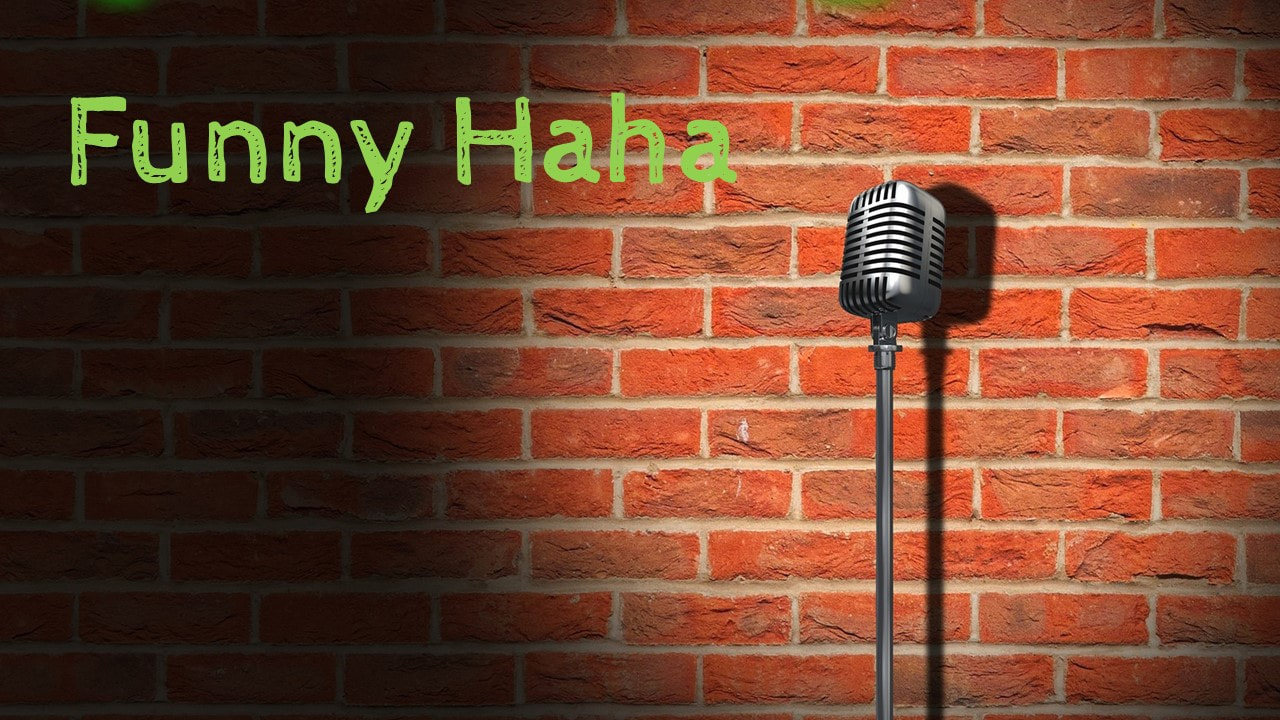
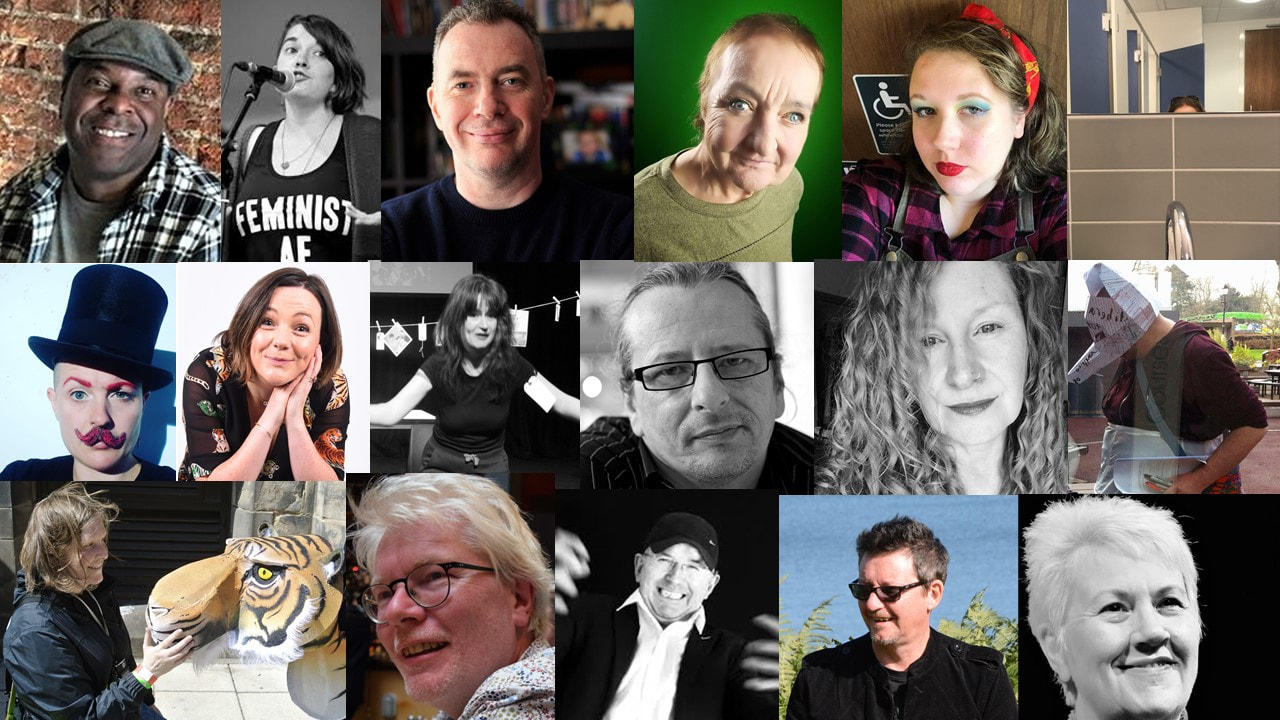
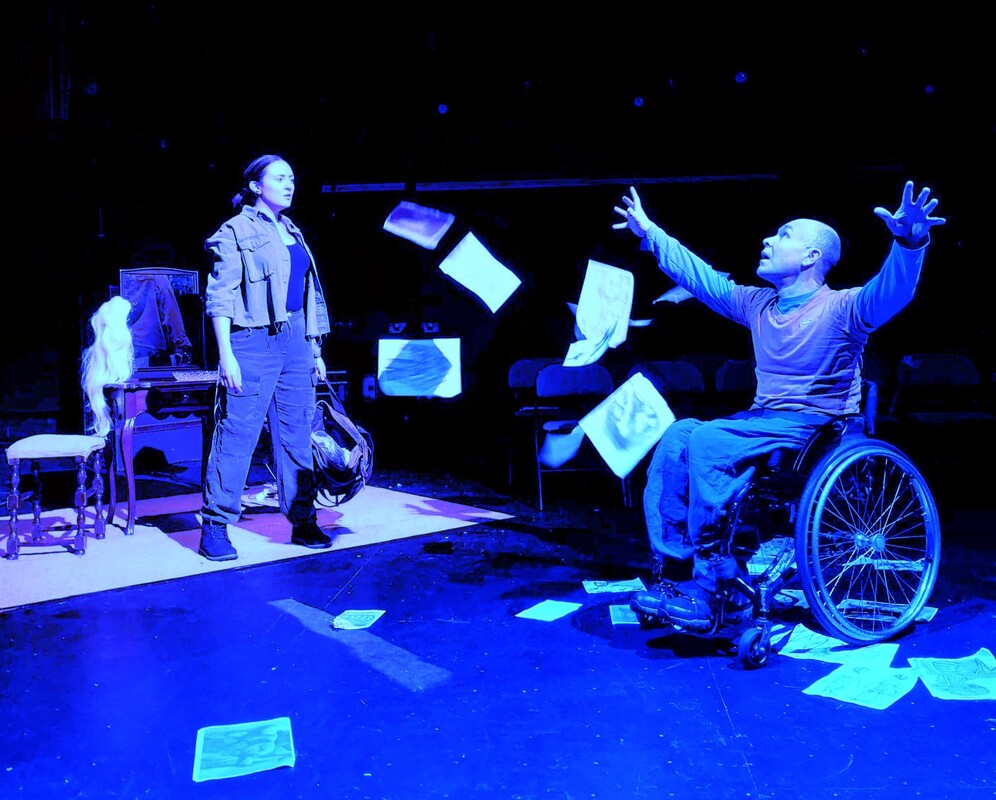

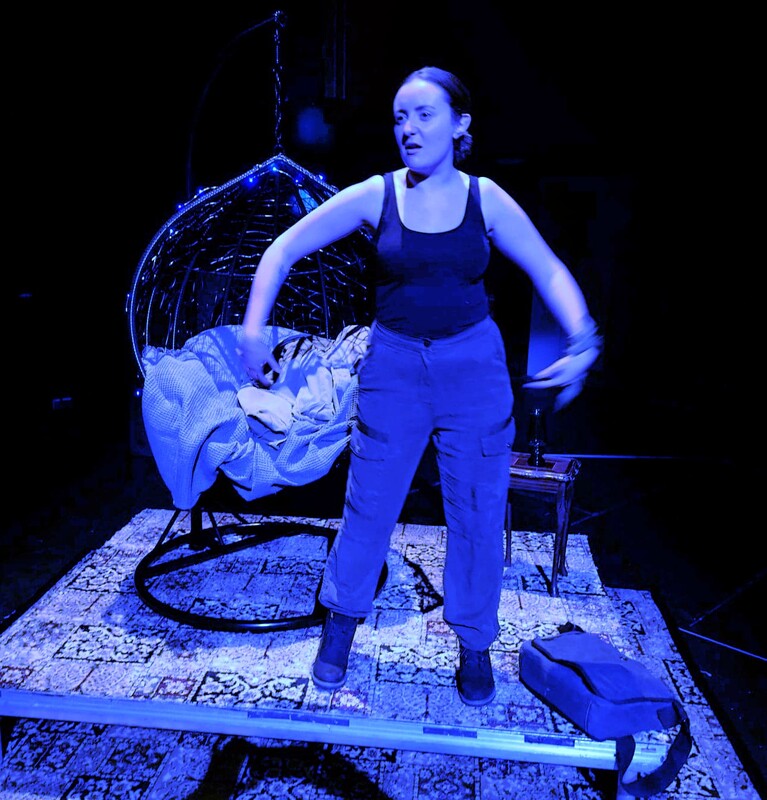
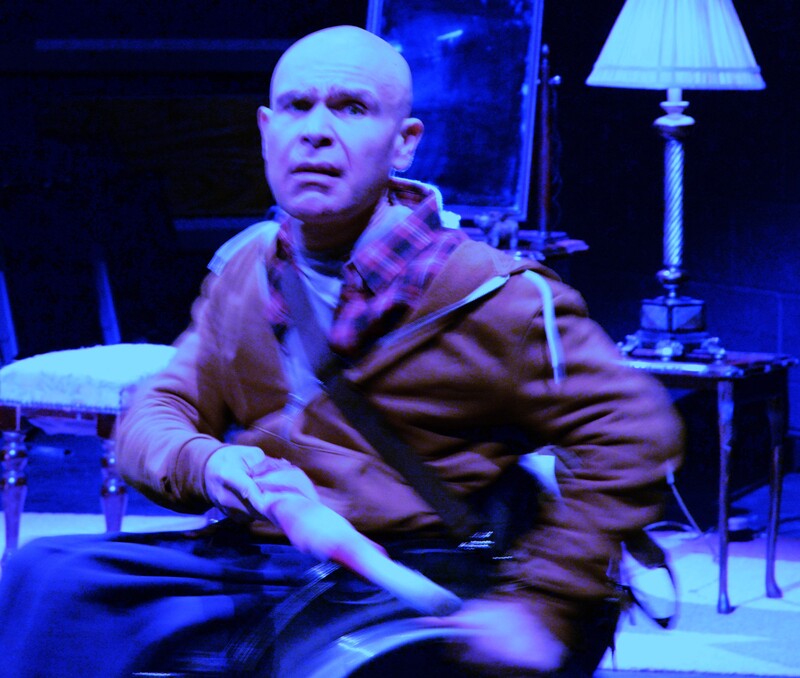

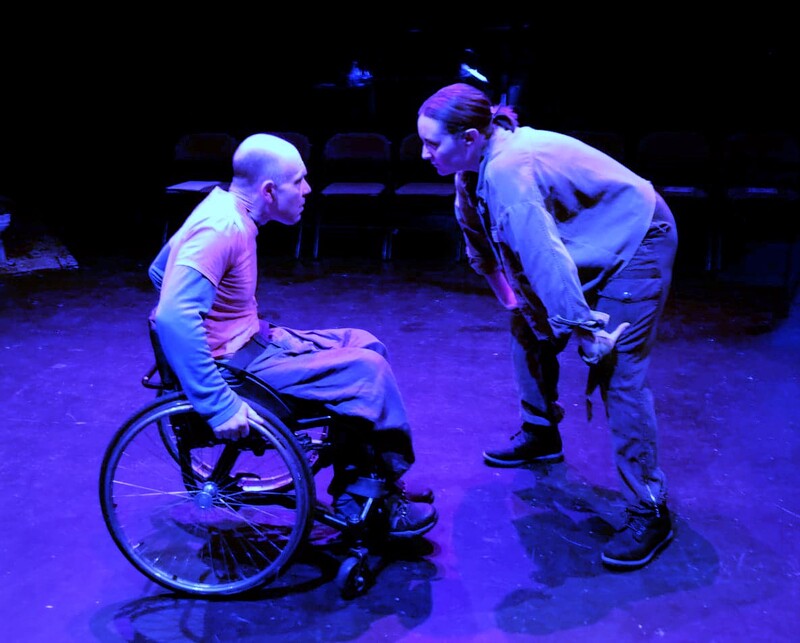
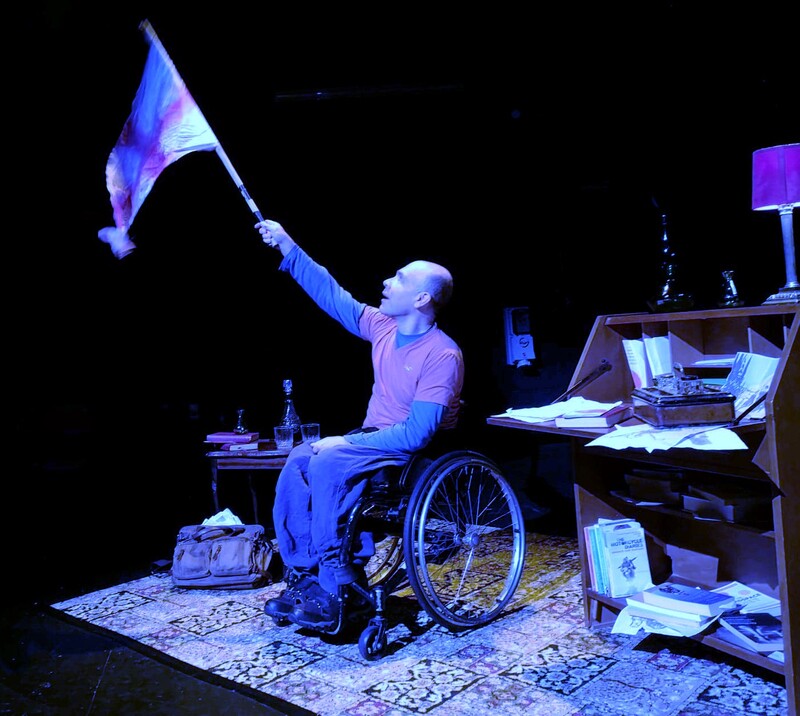
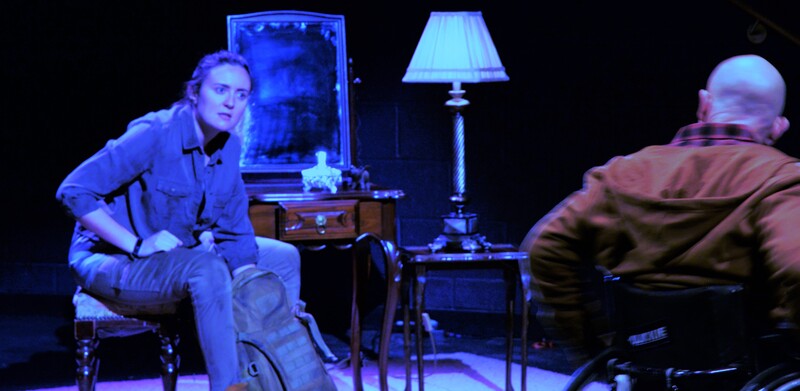
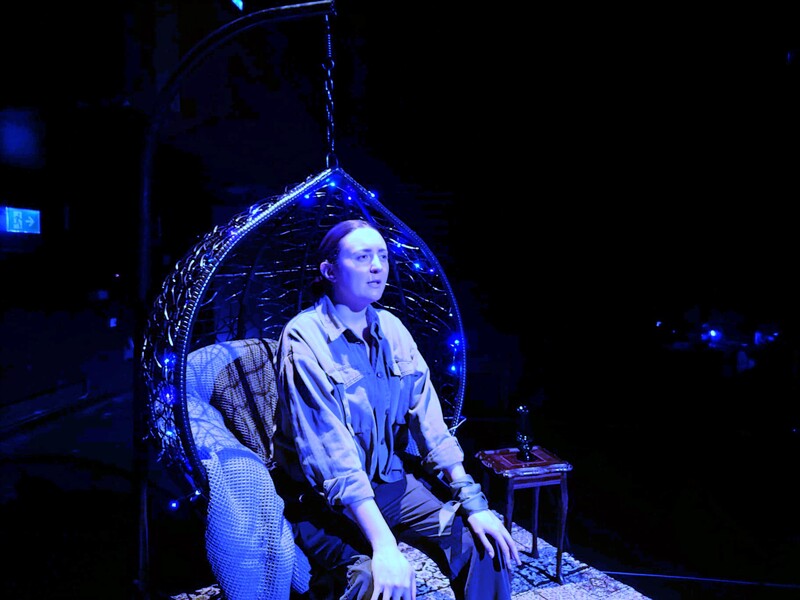
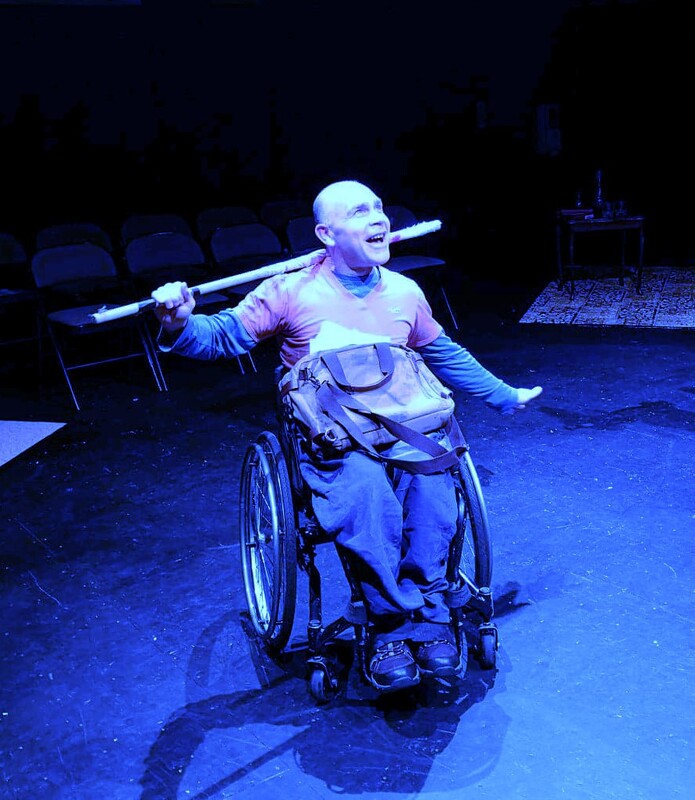


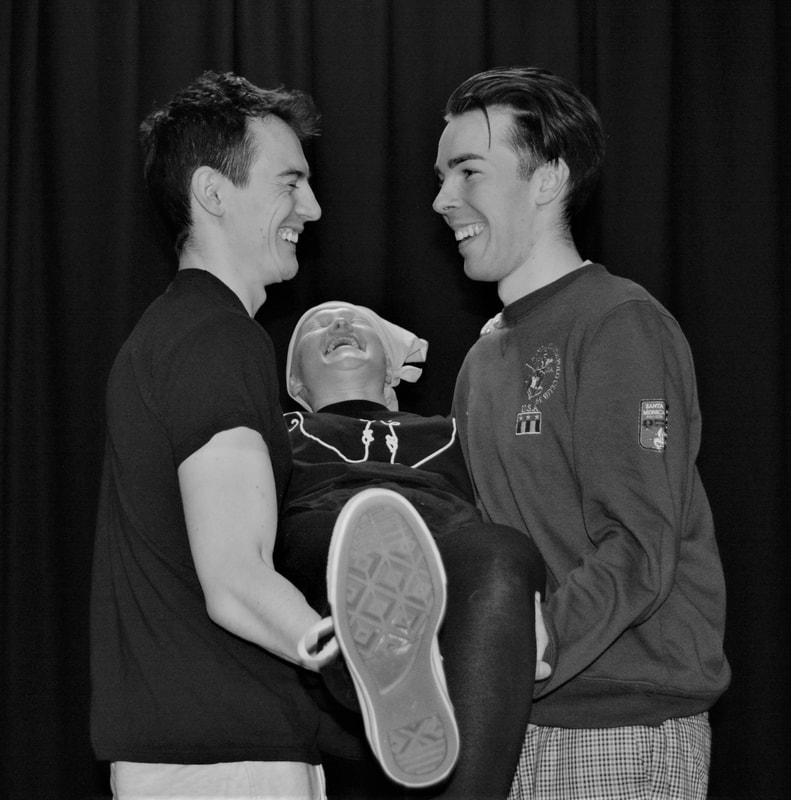
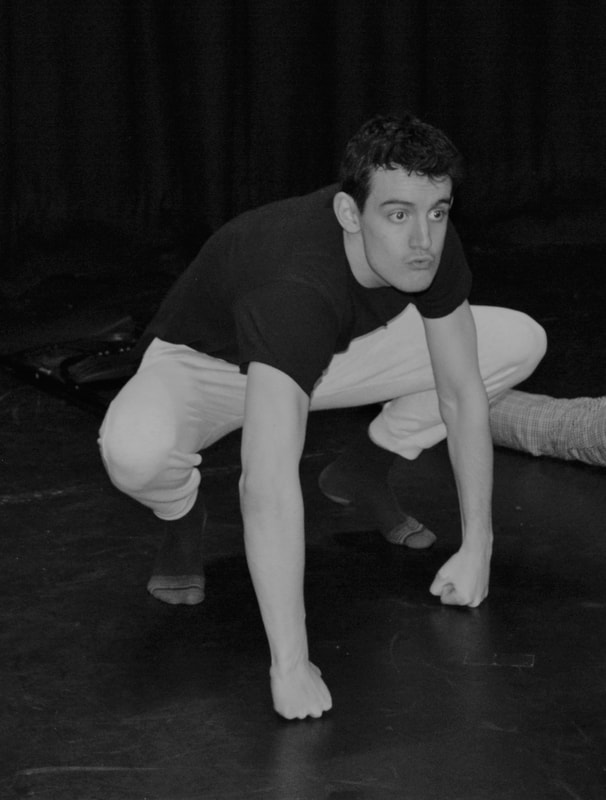
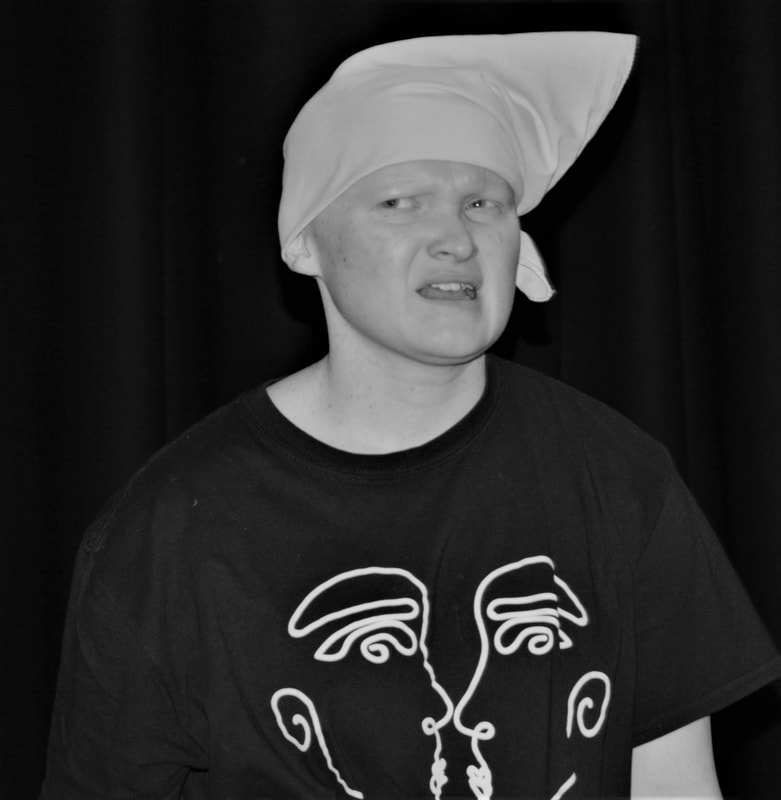
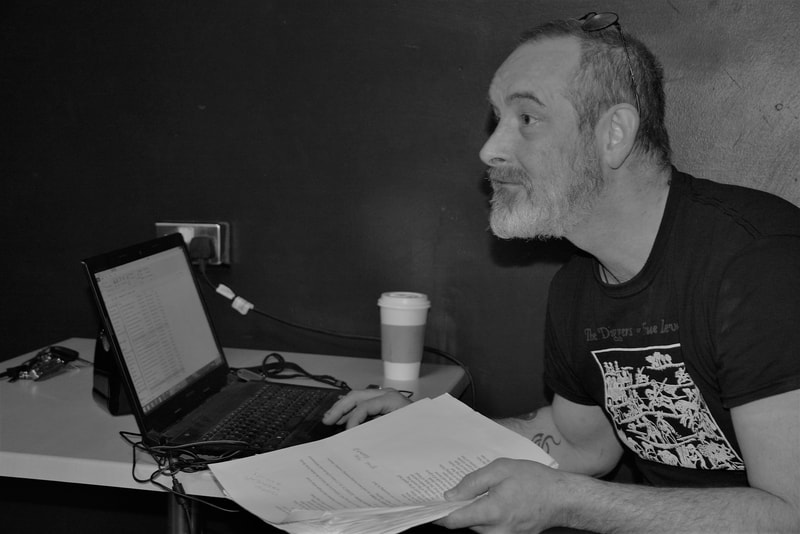


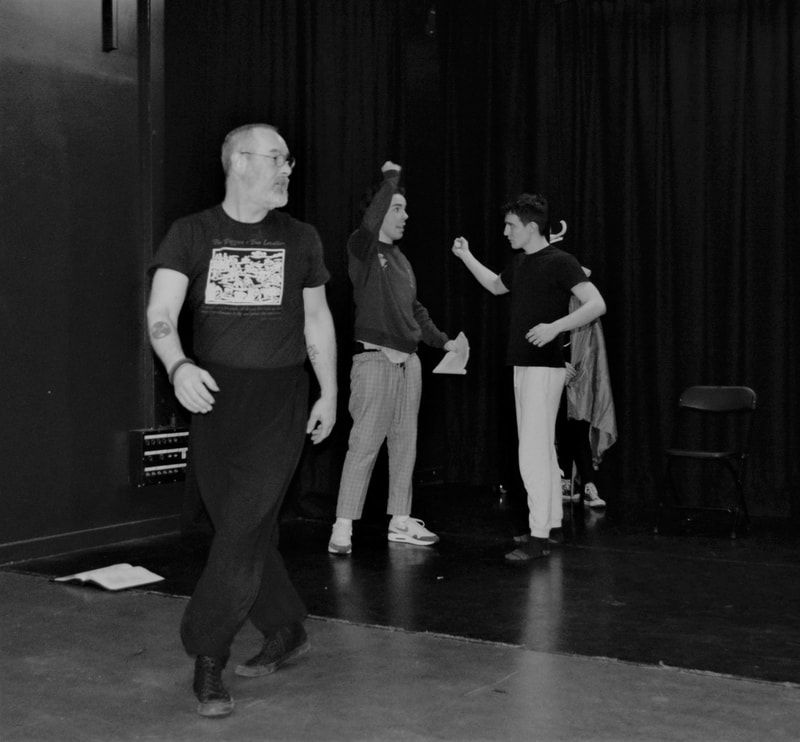
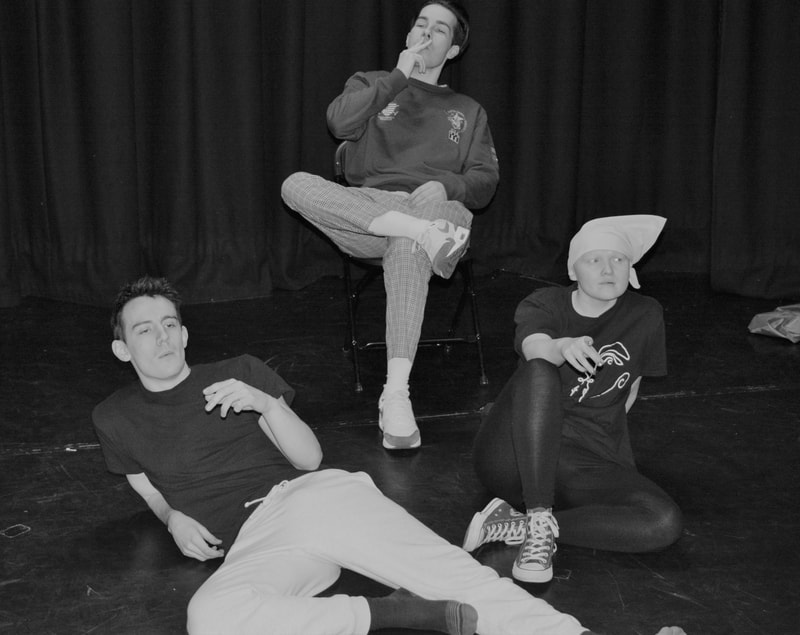
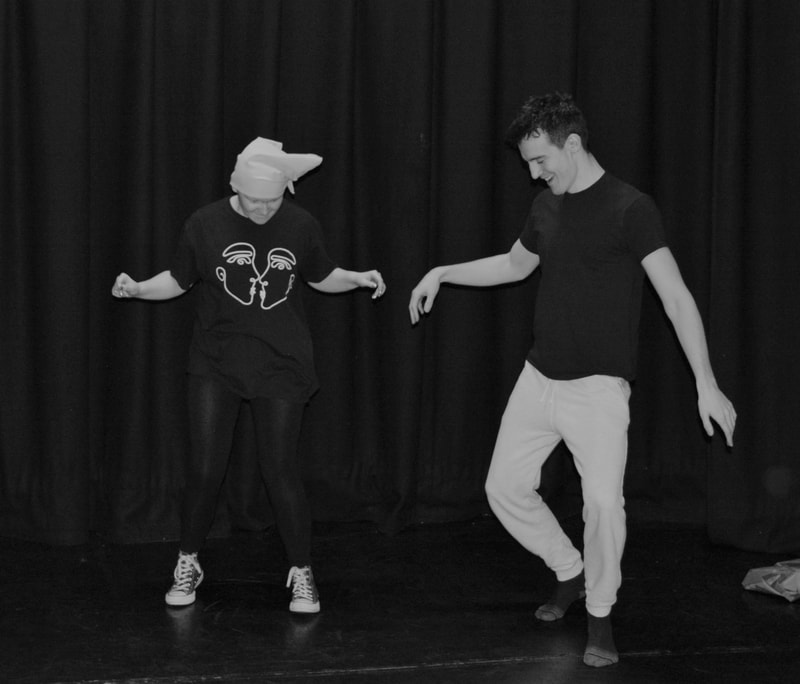
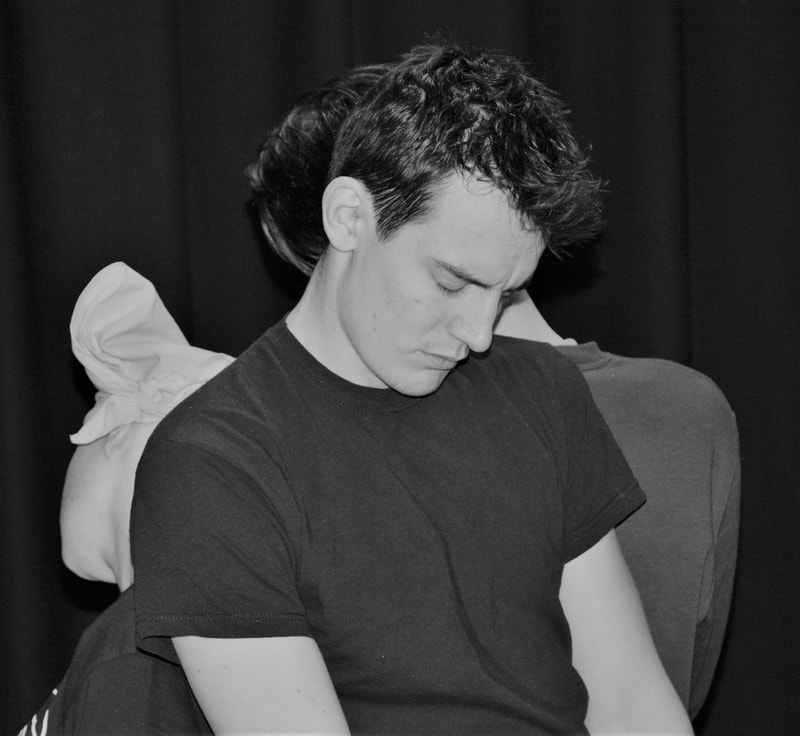
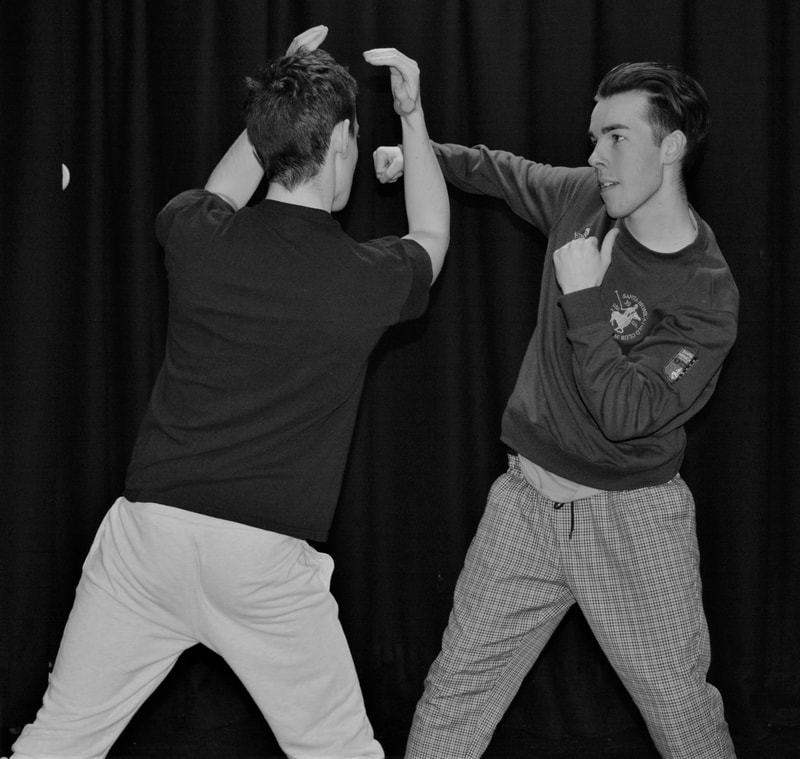
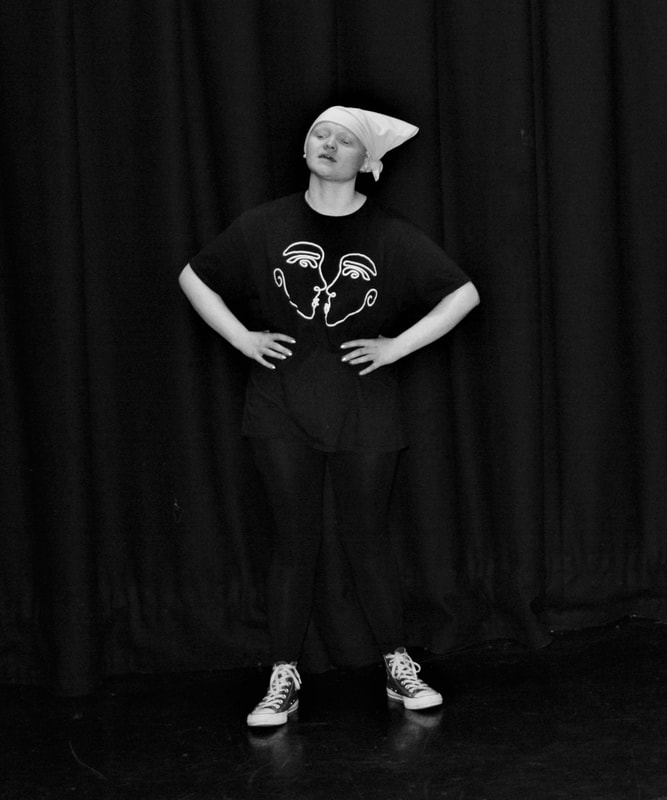
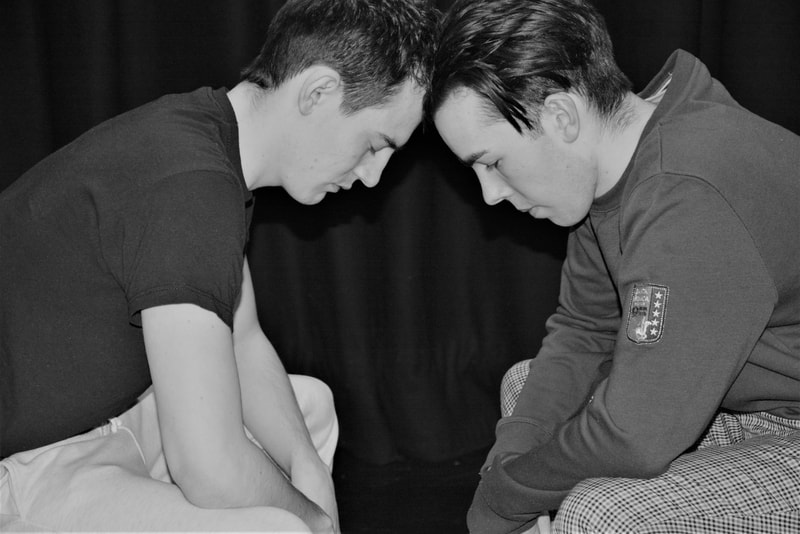
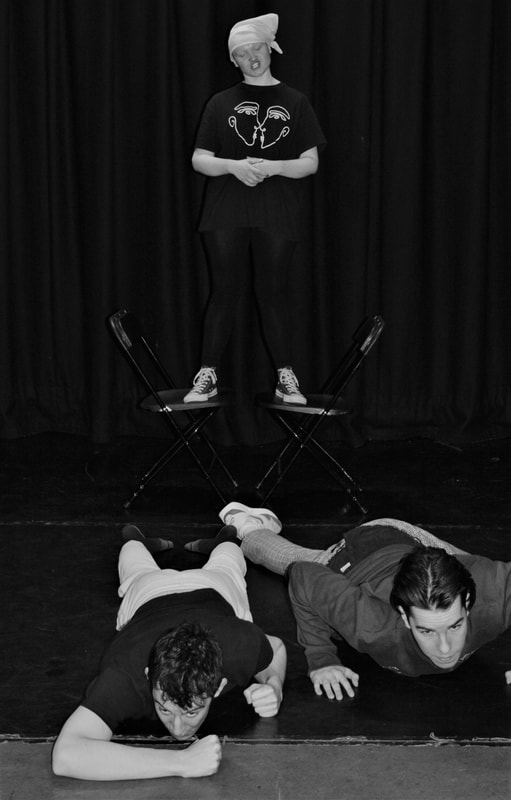
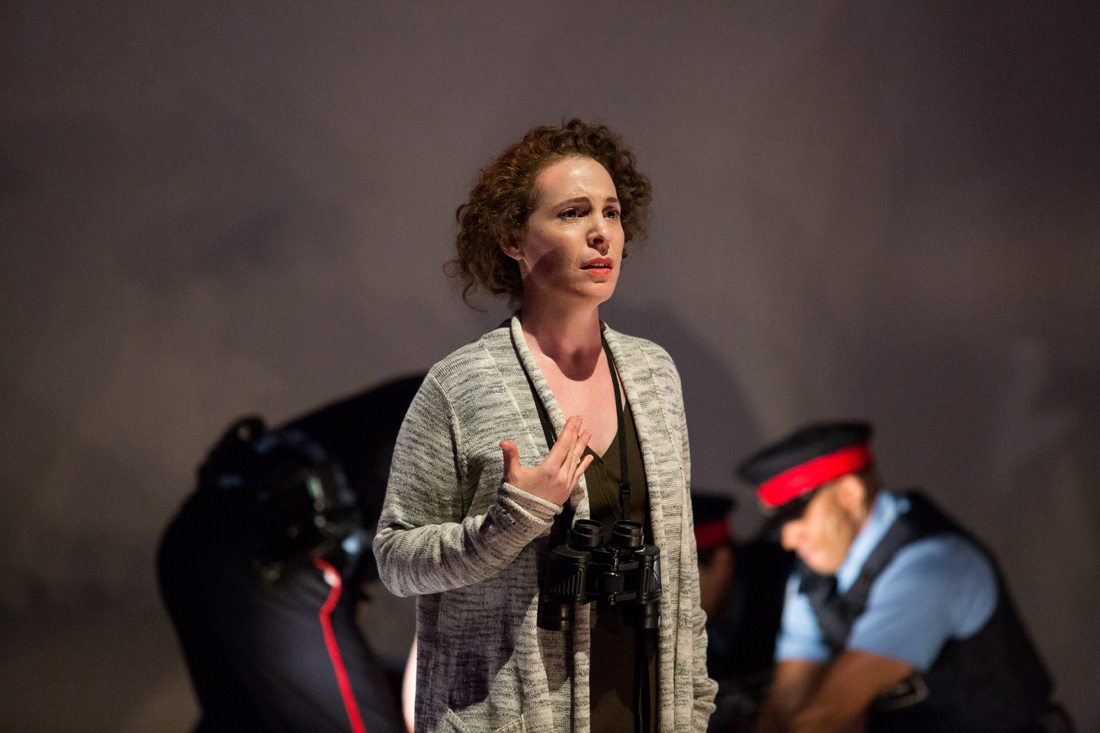

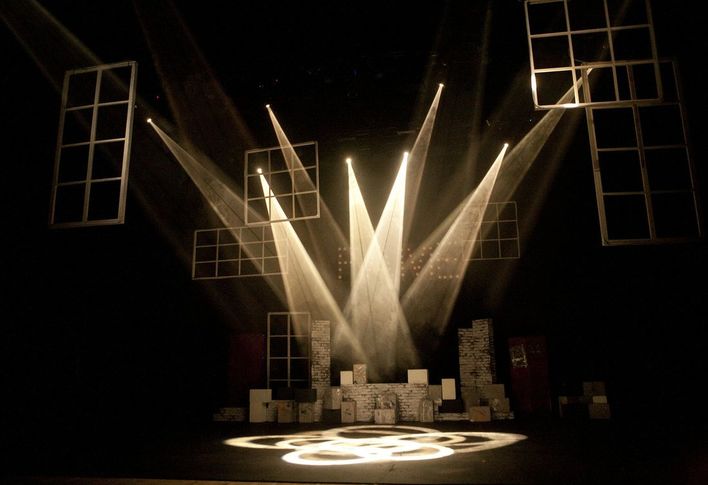

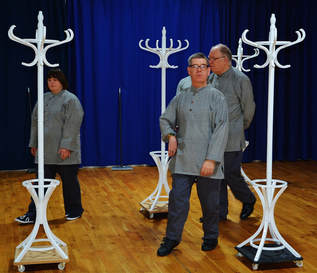
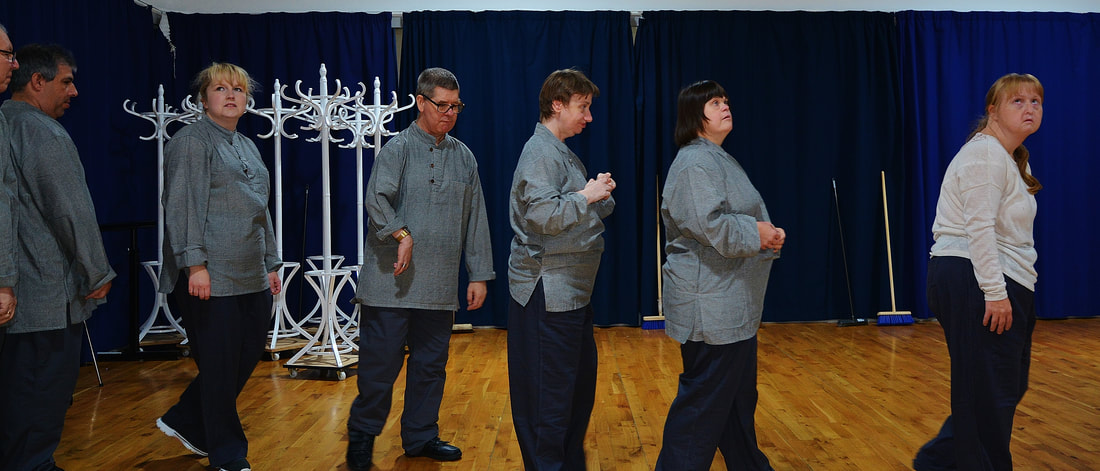
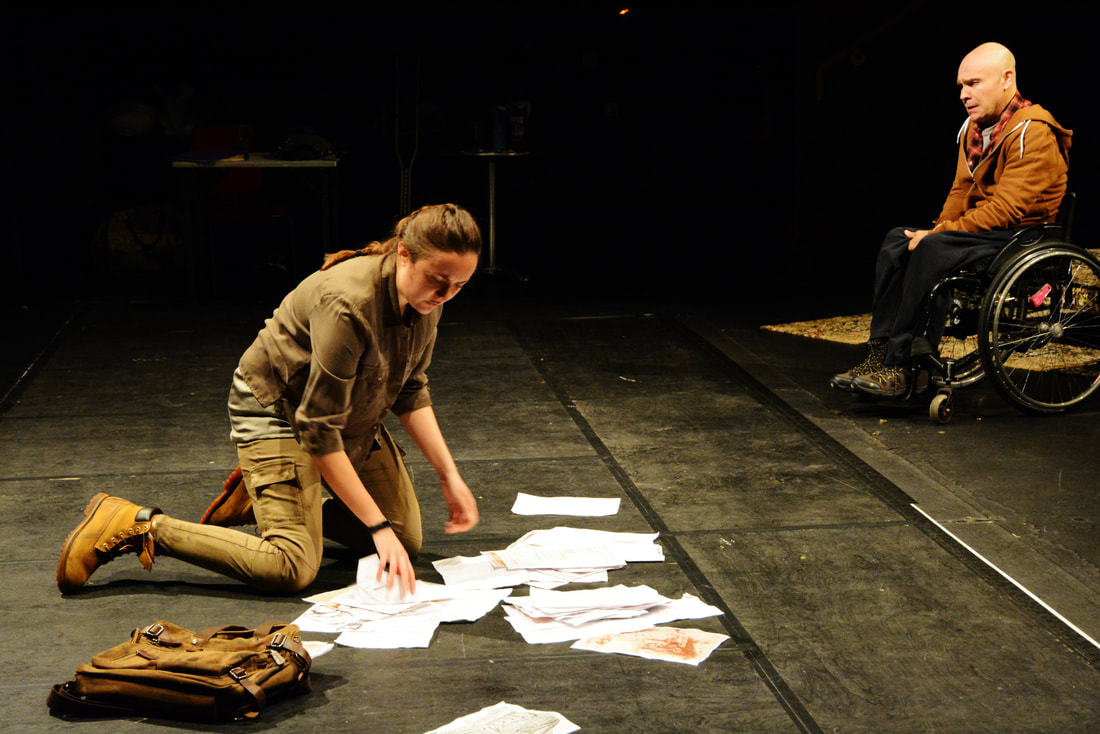
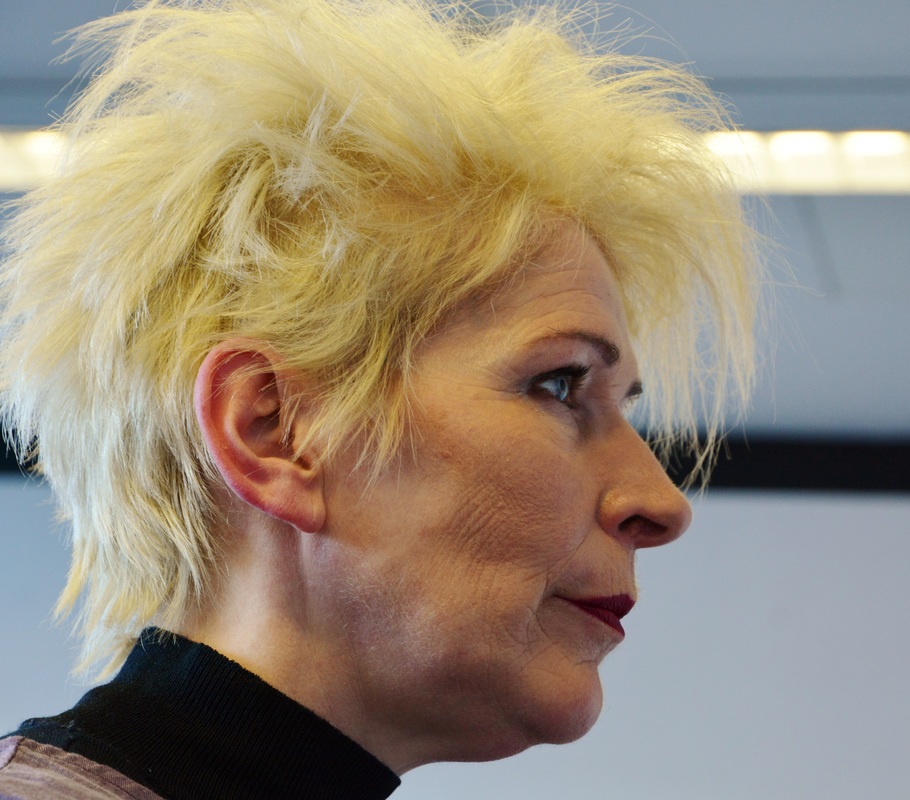
 RSS Feed
RSS Feed